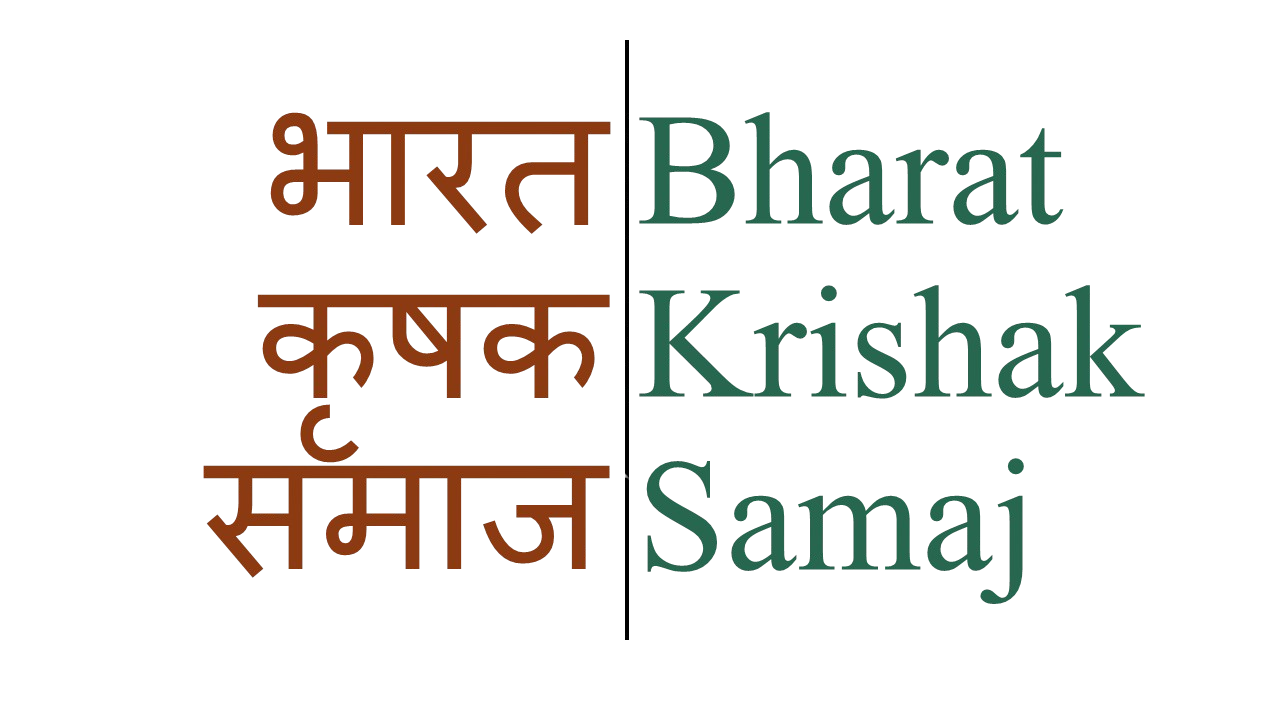Is the government’s consultation with farmers about understanding the need for change or to secure a forced validation of its own position?
“Man’s capacity for self-deception is immeasurably greater than that for deceiving others”. — Mahatma Gandhi, 1945
The Father of the Nation seems to have clearly identified the one disease that inflicts those in power and in bureaucracy alike. Having inherited a shrinking farm economy, the government is grappling with the problem of demonstrating progress. Bad monsoons and low international commodity prices have aggravated the farm sector distress and the electoral backlash from the fields of Gujarat and Bihar is expected to spiral out of control.
To its credit, in its response, the government is consulting farmers to present a budget that addresses the concerns of the farming community. The debit side, however, shows that there is no clear mechanism to assimilate and translate the accumulated observations into concrete action. Ministers have not been able to win the confidence of their officers and the pervasive fear in the corridors of power is hampering work and efficiency.
In the 2016 pre-budget consultations with the finance minister on agriculture, Bharat Krishak Samaj made some concrete suggestions and strongly opposed those made by some that India import cheap grain to build a stockpile for food security. Cheap imports artificially drive down commodity prices, setting off a chain reaction of farmers being pushed into a cycle of perpetual poverty. They also induce rural-urban migrations as a consequence. Such migrations today will not spare even India’s big smart city plans and it would have been wiser to invest in developing 5,000 smart census towns instead.
More to the point, the conversation in the farm space needs to radically shift from insufficient production fears to food nutrition and safety. Decades of the food shortage continue to hound policy makers, embedded as they are in India’s policy psyche; never mind that India has long since moved on to greener pastures. Outdated fears are being reinforced with seemingly insurmountable new challenges posed by increasing population, changing dietary patterns and climate change inhibiting food production.
Despite these underlying anxieties, farmers believe that India has entered into an era of marketable surpluses with no buyers for their produce. The challenge that India faces comes from price and production spikes; not insufficient production. Periodical surges in price of such produce as pulses and onions worsen the anxiety but these are consequences of lopsided farm support programmes and detached policymaking.
Why stick one’s neck out in the face of widespread pessimism? For one, farmers are an optimistic lot. Two, as farmers, we recognise the potential. Consider a personal example of farming plenty with an acre yielding around two trucks of onions, potatoes, tomatoes, carrots or citrus and such others. For the sake of driving home the point, if the whole village (about 3,000 acres) cultivated the same crop there would be 6,000 trucks of a particular produce. There are more than six lakh villages in India. While not all are bestowed with the same bounty of circumstances, just imagine the possibilities.
The country can then enhance productivity by a quarter across the spectrum without adding extra inputs; actually using a smaller quantity of seeds and simply upgrading sowing and harvesting machinery. While farmer ownership of machinery will lead to debt, service leasing will lead to prosperity. Merely defining objectives is half the work done; the detailing holds the key to achieving the objectives. Better post-harvest value chain can stop food wastage. Better handling of food, from the time it is actually harvested till it reaches the table, would mean an extra 15 per cent produce available for consumption.
India is amongst the largest global producers of sorghum, millet, chickpeas, pigeon peas, wheat, rice, pulses, spices, okra, bananas, mangoes, guavas, ginger, papayas, garlic, cauliflowers, peas, tea, potatoes, onions, aubergine, oranges, coconuts, tomatoes, peas, buffalo meat, eggs and such others. These milestones have been reached despite the lag in yield of most crops. Additionally, there is a difference in yield for the same crops within villages and between yields at the research centre and the farmer’s output. These differences can be bridged with improved extension services. Investment in research for better inputs and technology creates endless opportunities of yield improvement.
India is the largest producer of milk in the world but co-operatives selling unbranded milk and milk products are collapsing with just the interest burden of unsold stocks. Milk production in the country will rise by a third if one shifts to a prevention mode — as being administered by Amul and NDDB — rather than trying to cure cattle disease tuberculosis and indigestion. Additionally and a more immediate concern is import of subsidised butter oil or ghee by the private sector at ₹150 per kg. Even after adding duties and handling charges it will be sold at ₹250 per kg, while Indian farmers are having difficulty selling at ₹300 per kg. Private Indian milk companies are actively participating in an international conspiracy to destroy the Indian dairy co-operative movement in the process.
Indian farmers have responded to every demand made of them; now it is time to support the farmer families. It is equally imperative for India to seal international trade treaties. Only time will tell if consultations are seeking to validate existing ideas or accepting new rationale. The farm crisis will never go away if the farmers are not involved in drafting the fine print of policies.




